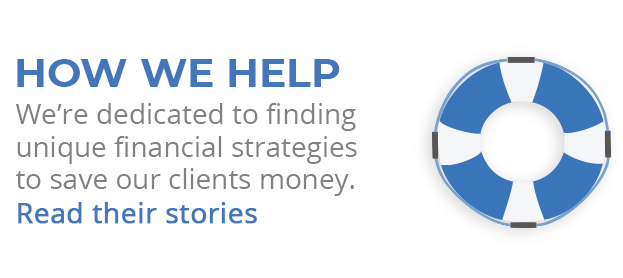No one knows what will happen tomorrow on Wall Street. Even the most esteemed analysts can only make educated guesses. As the old saying goes: past performance is not indicative of future results.
All that said, the market has had many more positive years than negative years. The history of the S&P 500 is worth considering in light of recent market volatility. The S&P is the broad benchmark that economists, journalists, and investors regard as shorthand for the “market.” As the S&P 500 includes about 500 companies, it represents overall market performance better than the 30-component Dow Jones Industrial Average.
If you look at the annual returns of the S&P since 1928, you will see a long ascent with periodic interruptions, and a historical affirmation of equity investment. Looking at the total returns of the S&P (with dividends reinvested), the numbers are even more impressive.
The S&P advanced in 63 of the 87 years from 1928-2014. The average total return during those 63 profitable years was 21.5%. The average total return during the 24 down years was not as bad: -13.6%.
The index has endured only four multi-year slumps in this 87-year period: 1930-31, 1940-41, 1973-74 and 2000-02. As for extremes, the total return for 1954 was 52.56%; the total return for 1931 was -43.84%.
Narrowing the time frame a bit to reflect the investing experience of baby boomers, the S&P advanced in 31 of the 40 years from 1975-2014.
Have market gains typically outpaced inflation? Looking at data since 1950, the answer is yes. Only in the 1970s and 2000s did U.S. equities climb less than consumer prices. The nadir came in the 1970s, when yearly inflation averaged 7.4% while the S&P’s average price return was 1.6% and its average total return was 5.8%. Contrast that with the 1990s. In that decade, the annual price return for the index averaged 15.3%, the average total return 18.1%; the mean yearly inflation was just 2.9%.
When it seemed like the market was coming apart, the S&P recovered. As the oil crisis and inflation threatened to unglue venerable economies in the 1970s, the S&P posted total returns of -14.31% in 1973 and -25.90% in 1974. Then it roared back, gaining 37.00% in 1975 and 23.83% in 1976. When the dot-com bubble burst, the total return was -11.85% in 2001, -21.97% in 2002; after that, the S&P’s next two annual total returns were +28.36% and +10.74%. When the credit crunch and the Great Recession occurred, the index delivered an abysmal -36.55% total return in 2008; the next year, the total return improved to +25.94% and stayed positive through 2014.
The S&P’s compound returns are especially encouraging. In studying the index’s compound annual returns, we get a solid understanding of how staying in the market has benefited the U.S. equity investor. Average returns are interesting, yet they do not factor in cumulative gains or losses over a given period.
Examining 40-year performance periods for the S&P from 1928-2014, the poorest such period had a compound return of 8.9%. The best 40-year “window” had a 12.5% compound return. Using an even narrower “window,” we find that the best 15-year stretch was from 1985-99, producing a compound return of 18.3%. The poorest 15-year stretch occurred before many of today’s investors were born: the interval from 1929-43 had a compound annual growth rate of just 0.6%.
The compound return across 1928-2014 is 9.8%, in simplest terms meaning that a $100 investment in shares of S&P 500 firms in that year would have grown to $346,261 in 2014.
The correction we have just witnessed looks momentary indeed in the light cast by these “windows” of time.
The lesson? Stay patient & keep the big picture in mind. Before this latest correction, the market had been comparatively calm for so long (the previous 10% drop happened nearly four years ago), investors had almost forgotten what a correction felt like. Moreover, that 2011 correction was the culmination of a three-month market descent; it was not so abrupt.
We cannot predict tomorrow, but we can take comfort (and encouragement) from the history of the market and how well the S&P 500 has performed over time.

About the Independent Financial Advisor
Robert Pagliarini, PhD, CFP®, EA has helped clients across the United States manage, grow, and preserve their wealth for the past 25 years. His goal is to provide comprehensive financial, investment, and tax advice in a way that was honest and ethical. In addition, he is a CFP® Board Ambassador, one of only 50 in the country, and a real fiduciary. In his spare time, he writes personal finance books, finance articles for Forbes and develops email and video financial courses to help educate others. With decades of experience as a financial advisor, the media often calls on him for his expertise. Contact Robert today to learn more about his financial planning services.










